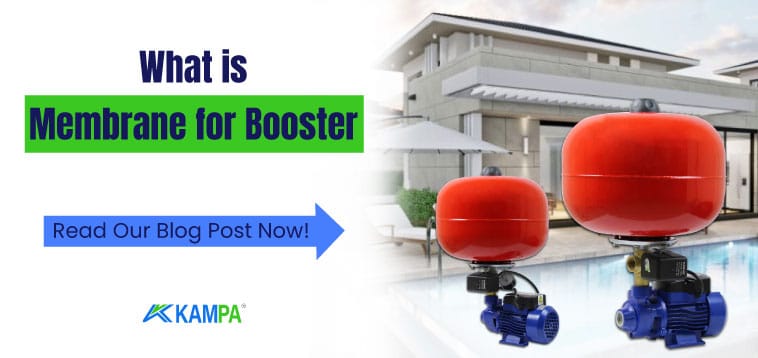What is Membrane for Booster, What does it do?
What is membrane for booster, it acts as a barrier between water and air inside the booster tank. In this way, it ensures that the water is kept under pressure and ready for use when needed.
Table of Contents
The robustness of the membrane is critical for the efficient operation of the booster system. If the membrane is damaged, the booster will be activated frequently , which will shorten the life of the system.
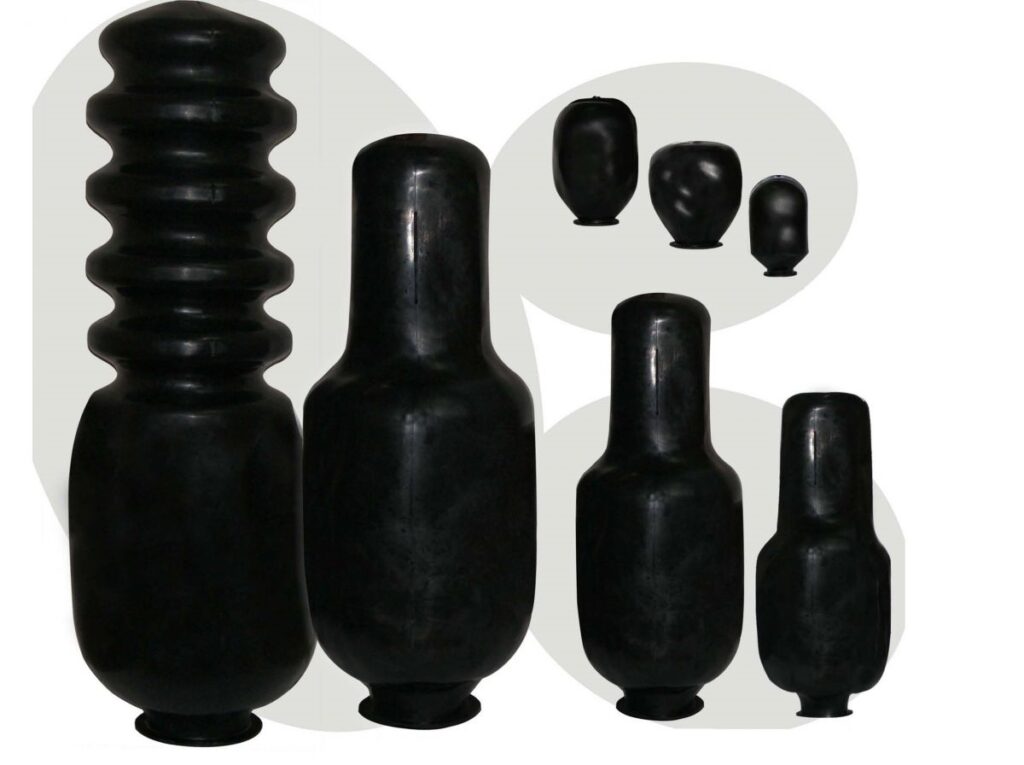
Booster systems are water pressurization devices used in cases where water pressure is insufficient. These systems are especially preferred in high-rise buildings to provide the necessary pressure for water to reach the upper floors. The membrane, which is considered as the heart of the booster, is one of the most important parts of these systems.
One of the most important points to be considered in the selection of the booster is the capacity of the system to provide the required water pressure. In addition, technical details such as whether the booster is suitable for the conditions of the place where it will be installed and whether the pump to be used has NPSH characteristics should also be taken into consideration.
Another point to be considered in the selection and maintenance of booster systems is to regularly check the system and perform the necessary maintenance. This will both extend the life of the system and prevent sudden failures. Booster systems are an important investment that increases the comfort of our living spaces by ensuring that water flows uninterruptedly and with sufficient pressure.
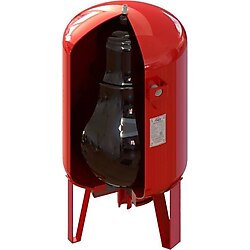
What is Booster Membrane Working Principle
Booster systems are mechanical devices used to increase water pressure and ensure that water is delivered to the desired points, especially where water pressure is low. The booster membrane, one of the key components of these systems, makes it possible to store water under pressure and have it ready for use when needed.
The booster membrane is mainly made of pressure-resistant and formed rubber and acts as an air chamber within a closed tank. When water is pumped into the system, the volume of water increases, causing the air pressure inside the tank to increase. The increased air pressure pressurizes the surface of the water, allowing it to be pumped to other parts of the system.
The booster system detects the water pressure through the pressure switch or sensor and when this pressure reaches the upper pressure value, the flow demand decreases and the pump stops. When the pressure drops to the lower pressure value, the flow demand increases and the pump starts again. This cycle ensures that water is constantly kept at the required pressure and ready for use.
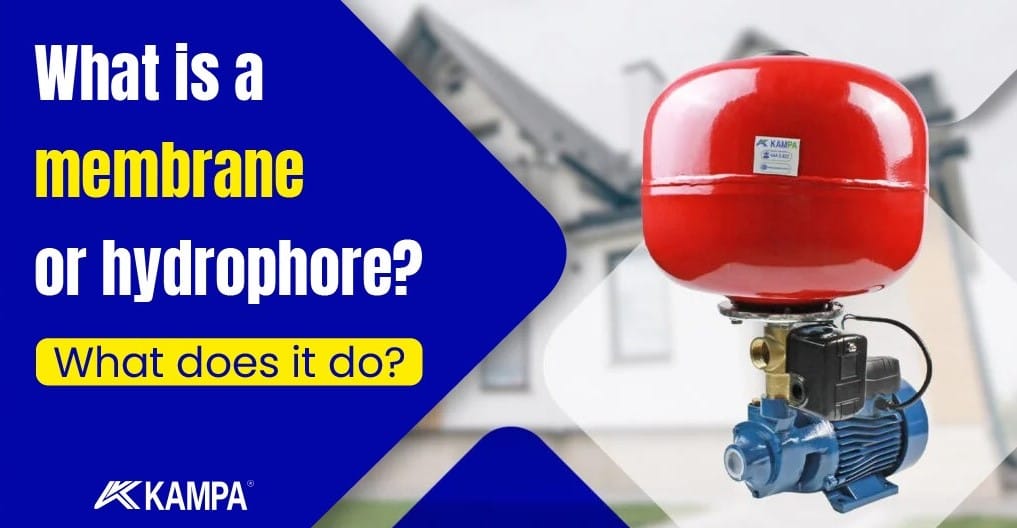
The proper functioning of thebooster membrane is vital for the efficiency and longevity of the system. Damage or wear of the membrane can lead to frequent system start-ups and thus shorten its life. Therefore, when selecting and maintaining a booster system, special attention should be paid to the quality and durability of the membrane.
The correct operation of booster systems increases the comfort of our living spaces by ensuring that water flows uninterruptedly and with sufficient pressure. In order for these systems to work effectively, regular maintenance and controls must be carried out, and the system must be designed and installed correctly in accordance with the needs. For more information about booster and membrane, you can find detailed guides and technical information on the subject.
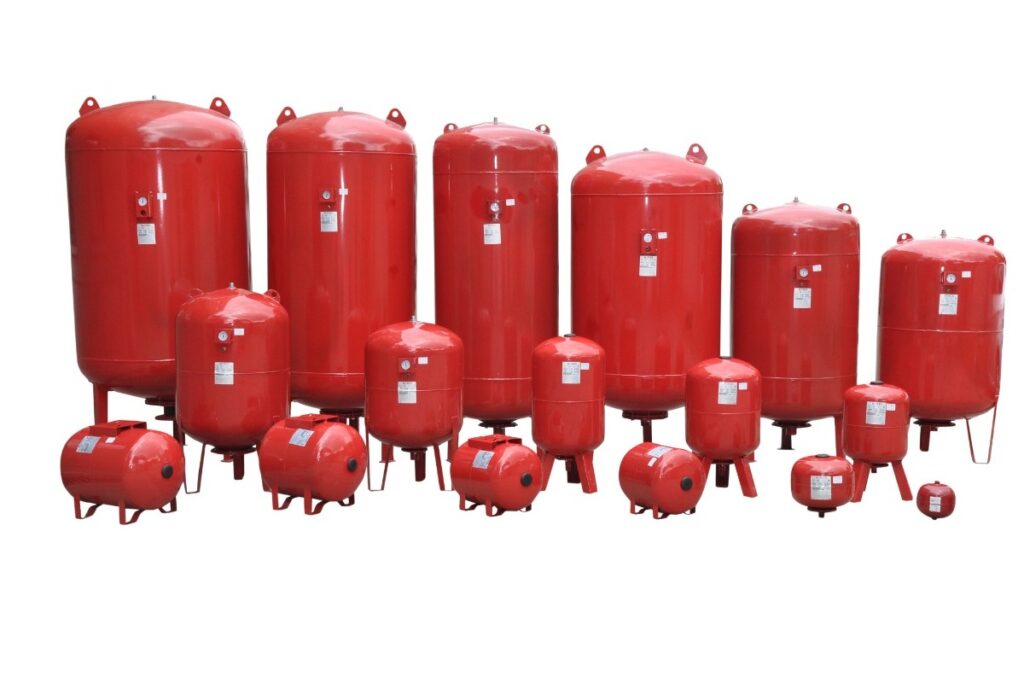
What is Booster Membrane Lifetime
The lifetime of the booster membrane, which plays a critical role in the effective and efficient operation of booster systems, may vary depending on various factors. In general, the lifetime of a booster membrane can be approximately 5 to 10 years under regular maintenance and proper use conditions.
However, factors such as the operating conditions to which the membrane is exposed during this process, the quality of the material used and pressure changes in the system can be decisive on its life.
One of the factors affecting the life of the membrane is the minerals and chemicals contained in the water. Water containing abrasive, corrosive or other harmful substances can damage the membrane material and shorten its life.
It is also important to regularly check and adjust the air pressure of the booster tank to maintain the performance and durability of the membrane.
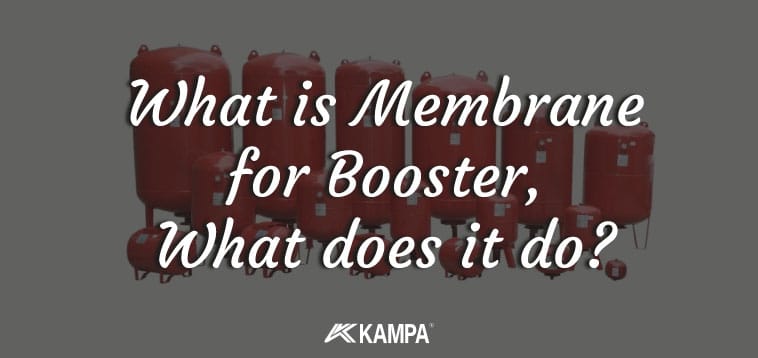
Regular maintenance and control, in addition to extending the life of the membrane, provides the opportunity to detect and eliminate potential malfunctions in advance. For this reason, it is recommended that users do not neglect the maintenance of booster systems and carry out periodic checks on time.
If it is noticed that the membrane is damaged or its performance has decreased, timely replacement is vital for the system to maintain healthy and efficient operation.
Although the lifetime of the booster membrane varies depending on the conditions of use and maintenance, it is possible to reach maximum life with proper maintenance and careful use. For more information on booster system maintenance and membrane replacement, refer to technical guides and expert opinions.
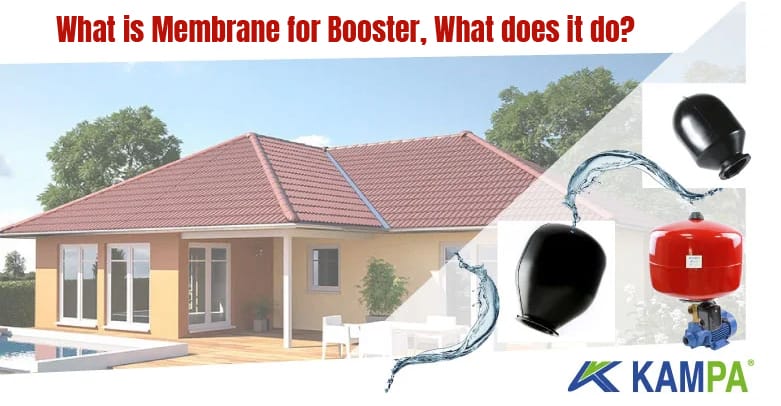
Symptoms of Booster Membrane Damage
A healthy membrane is essential for the regular and efficient operation of booster systems. Understanding that the membrane is damaged is important for the maintenance and long life of the system. So, how can we recognize when the booster membrane is damaged? Here are some symptoms:
- Continuously Running Pump: If the booster system runs continuously and does not stop, this may indicate that the membrane is damaged. Loss of function of the membrane causes the system to be unable to maintain pressure and causes the pump to run continuously.
- Pressure Fluctuations: If unexpected fluctuations in the system pressure occur, this may be an indication that the membrane may be damaged. Under normal conditions, the booster system should operate stably within a certain pressure range.
- Interruptions in Water Flow: If there are interruptions in the water flow or if the water pressure suddenly drops, this can also be a sign that the membrane is damaged.
- Abnormal Sounds: Abnormal sounds coming from the booster tank or pump may indicate a mechanical problem. These noises may indicate the presence of a damaged membrane.
- Water Leakage: If you notice water leakage around the tank, this indicates that the membrane has been punctured or torn. This type of damage causes the system to be unable to maintain pressure and leads to water leakage.
- Pressure Gauge Anomalies: The pressure gauge allows you to read the pressure of the system. If the gauge shows unexpected readings, this may indicate a problem inside.
Detecting membrane damage is important to prevent further system failure and to ensure that water flows uninterruptedly and with sufficient pressure. If you notice any of these symptoms, you should consult a specialist to ensure that the necessary checks are carried out and the membrane is replaced if necessary. Regular maintenance and checks will help keep your booster system healthy and running efficiently.
Click to buy booster membrane. Click here to get detailed information about booster booster failures.
For more information on the selection, use and maintenance of booster pumps and membranes, you can browse the resources where you can find detailed guides and technical information on the subject.

